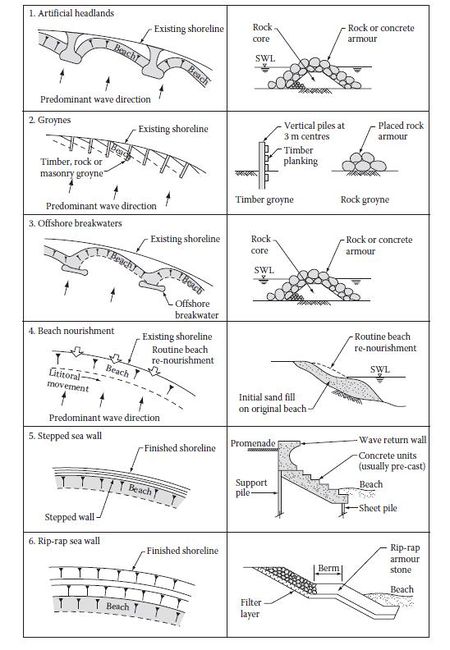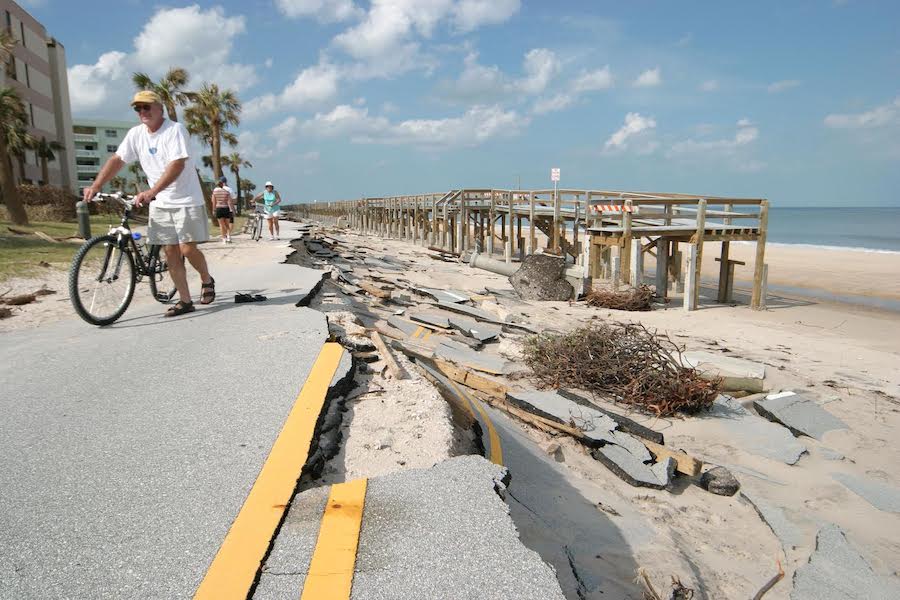The Single Strategy To Use For Shore Protect Team
Everything about Shore Protect Team
Table of ContentsShore Protect Team Fundamentals ExplainedThe Definitive Guide for Shore Protect Team7 Easy Facts About Shore Protect Team DescribedWhat Does Shore Protect Team Mean?The Shore Protect Team PDFsHow Shore Protect Team can Save You Time, Stress, and Money.More About Shore Protect Team
Decrease in home worth: As the location tourism is impacted by erosion, so then is the economy. Customers are much less most likely to search for a coastline residence that can be ruined anytime by the upcoming flooding and erosion emergency situation. Subsequently, residential or commercial property worth can drop greatly and impact the whole region.Whether a coastline is simply small and jampacked or has to close entirely for the security of the environment and close-by residential properties, this significantly influences tourism. Subsequently, local economic climates are influenced (https://writeablog.net/shrprtcttm/fc3w9bgvtt). Threat of injury: The enhanced threat of flooding and architectural failings creates an increased threat of injury to nearby visitors and area members

is home to more than 84,240 miles of coastline with 41% of it subjected to the open sea. Coastal designers supervise of protecting the shore against changes by reducing the harmful impacts of both all-natural and synthetic incidents. Shoreline stablizing is directly pertaining to their work. Waterside resorts: Since coastline disintegration effects tourism, it impacts the success of waterfront resorts.
The Definitive Guide to Shore Protect Team
This eventually causes closures and deserted beachfront residential or commercial properties. Coastal business services: No visitors implies no organization. For those services satisfying locals, their residential or commercial property is at danger of damages from disintegration and flooding. Coastal state parks: State parks that exist along coasts go to risk of damages. Not only to the manmade structures and residential or commercial properties on site, but additionally to the natural communities that exist within.
Soft stablizing is a better solution for the setting and more lasting overall. Tough stablizing makes use of man-made structures as security to manage disintegration. Normally, these structures are installed at best angles or parallel to stop sand activity and reduce the force of waves. Most kinds of difficult stablizing like seawalls and sheet metal are not perfect for shoreline stablizing.
The Buzz on Shore Protect Team
There's likewise insufficient proof of their efficiency depending on the type of shoreline and regional conditions. Hard stablizing techniques have a tendency to be harder to set up and do not match the natural visual, sticking out like a sore thumb and hurting local communities in many circumstances. Coastline nutrition is the process of adding lost sand and sediment back to beaches after disintegration has actually happened.
TrapBags help in the procedure of beach nutrients by securing all-natural communities and permitting plants to grow. They're: Eco pleasant: You can make use of native dirt both to border and to load the TrapBags.

6 Simple Techniques For Shore Protect Team
They can additionally be mounted without any heavy equipment. Affordable: TrapBags are suitable for both small and huge areas of shoreline.
The suitable seawall layout relies on location-specific elements, consisting of bordering disintegration processes. There are 3 major kinds of seawalls: vertical, bent, stepped, and mounds (see table below).
Natural barriers, such as coral reefs and mangrove woodlands, stop the spread of tsunamis and the circulation of coastal waters and reduced the flood and rise of water. A cost-benefit technique is a reliable means to determine whether a seawall is proper and whether the advantages are worth the expense.
The Shore Protect Team PDFs
A seawall is a static feature which can contrast with the vibrant nature of the coast and hamper the exchange of debris between land and sea. The table listed below sums up some positive and adverse results of seawalls which can be made use of when contrasting their performance with other coastal administration options, such as beach nourishment. [] Benefits and drawbacks of seawalls according to Short (1999) Benefits Drawbacks Lengthy term service in contrast to soft coastline nutrients.

This can cause beaches to dissipate, providing them pointless for coastline goers. Generally, seawalls can be a successful means to manage coastal erosion, yet only if they are built well and out of products that can stand up to the pressure of continuous wave power. Some understanding is required of the seaside processes and morphodynamics details to the seawall location.
8 Simple Techniques For Shore Protect Team
Integrated with a high construction cost, this has brought about boosting use other soft engineering coastal monitoring options such as coastline replenishment. Seawalls are built from numerous materials, most frequently enhanced concrete, stones, steel, or gabions. Other possible building and construction materials consist of vinyl, timber, light weight aluminum, fiberglass composite, and biodegradable sandbags made of jute and coir. The ideal seawall style depends on location-specific elements, consisting of surrounding disintegration procedures. There are three major kinds of seawalls: upright, rounded, stepped, and piles (see table listed below). A record released by the United Nations Setting Program (UNEP) recommends that the tidal wave of 26 December 2004 caused less damage in the areas where natural barriers existed, such as mangroves, coral reefs or seaside plant life.
Natural barriers, such as reef and mangrove woodlands, avoid the spread of tsunamis and the flow of seaside waters and reduced the flood and surge of water. A cost-benefit approach is a reliable method to establish whether a seawall is appropriate and whether the benefits deserve the expenditure.
The Best Guide To Shore Protect Team
A seawall is a fixed feature which can clash with the vibrant nature of the shore and restrain the exchange of sediment between land and sea. Benefits and downsides of seawalls according to Short (1999) Advantages Downsides Lengthy term service in contrast to soft beach sustenance.

This can cause coastlines to dissipate, rendering them useless for beach goers. Typically, seawalls can be an effective means to regulate seaside disintegration, yet only if they are created well and out of materials that can endure the force of recurring wave power. Some understanding is required of more info the seaside procedures and morphodynamics certain to the seawall area.